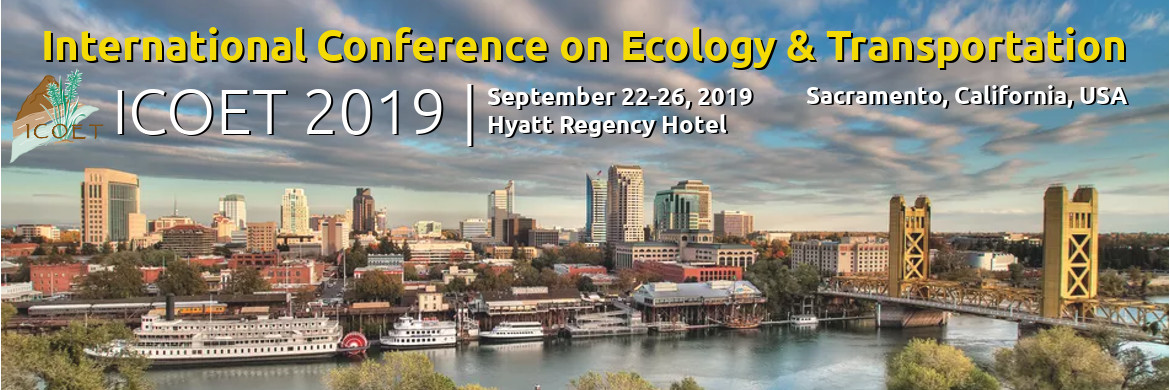Understanding spatio-temporal patterns of cycling mobility can serve as a reference for planning and management cycling infrastructure. Recently, open data initiatives enable planners to analyze and explore real-time information. However, this information is only available at locations where bike-counters are installed, and it is essential to know patterns beyond observation times and measured locations. By using the typical graphical techniques such as Origin-Destination maps or hourly graphs it is complicated to define hot/cold spots due to lack of one variable (space or time) and more maps or graphics are needed to obtain a comprehensive picture of spatio-temporal variations. This study focuses on the use of geostatistical techniques to explore the spatial and temporal context of bicycle traffic in an urban area. In particular, it explores the application of Getis-ord Gi* supported by spatial interpolation methods based on spline with barriers to predict bike volumes at unmeasured locations in Valencia (Spain). Resulting maps show clearly the effect of public services (e.g. university, hospitals, health centers), transportation facilities (e.g. train stations and metro) as well as nature entertainment on cycling behavior. The findings are coherent with the demographic characteristics of the city, being young population regarded as an influential component in the use of the bicycle as a means of transport, with significant traffic volumes around university campuses in working days or recreational areas on weekends. In particular, it is able to detect fluctuations in travel behavior on natural areas as typical recreational destinations in spare time, observing that the morning usually starts with an oscillating hot spot with a consecutive cold spot in the access to El Saler beach and L'Albufera Natural Park, characterized by dunes and by a large expanse of pines. As a result, the proposed hot-spots analysis provides statistical summaries for the traffic volumes themselves over time and whole cycling paths simultaneously, which is crucial for analyzing trends and future planning.
Sustainability and Resilience in Transportation Systems
cycling activity
Getis-Ord Gi*
interpolation with barriers
spatio-temporal analysis
